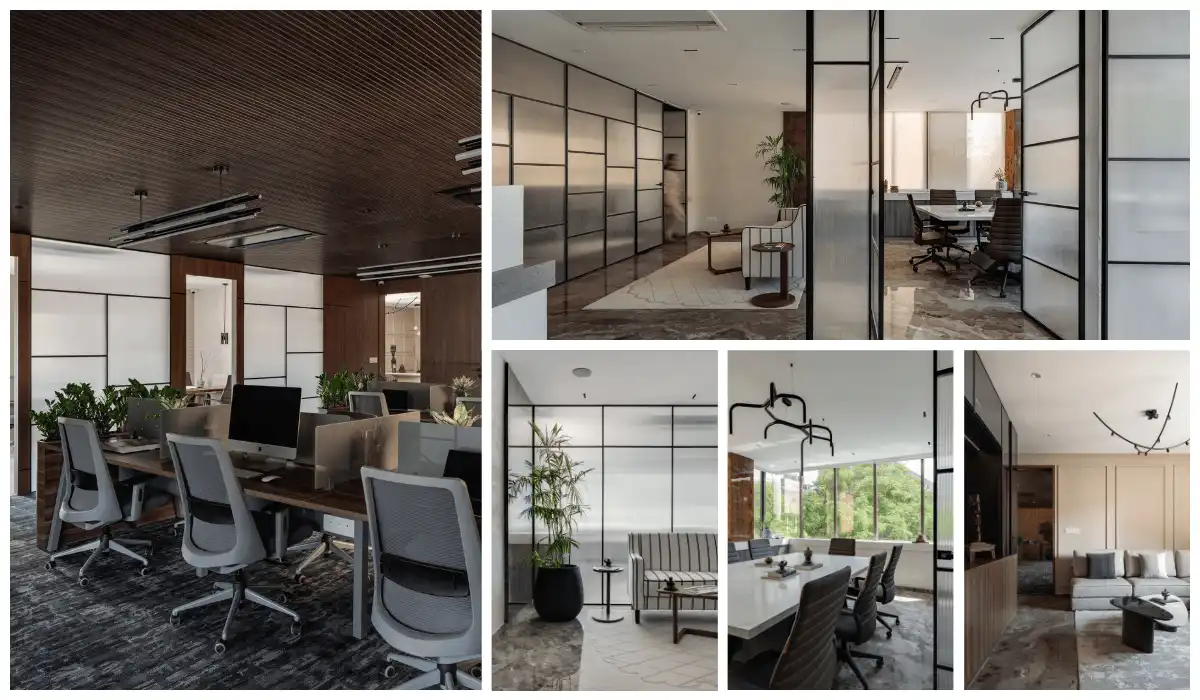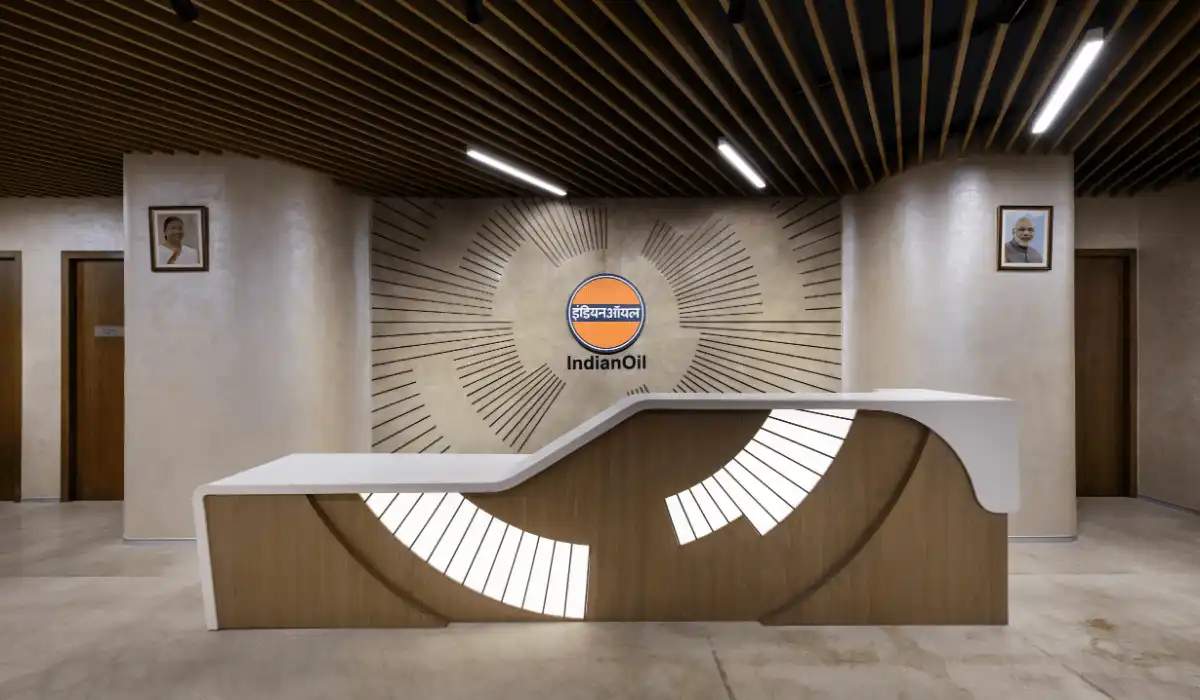The Cantilever House by ZEDLab is a step towards responsible living. Responsible living means directing our habits and lifestyle to reduce exhaustion on our planet. The Cantilever House, Ghaziabad, by Zero Energy Design Lab is an exploration in this domain of creating zero-impact buildings. Taking cues from the regional vernacular to reimagine contemporary living, the house is designed in response to the clients’ love for the outdoors. The house derives its name from the large cantilevers that highlight the scale of the building and create dramatic aesthetics. It employs a series of mechanisms to minimize resource consumption and reduce the building’s environmental impact while enhancing thermal comfort for the family of four.
Design Concept and Philosophy
The design scheme of The Cantilever House was largely driven by two endeavours- First, to assimilate traditional building wisdom and find an appropriate expression within the contemporary context. Second, the planning of spaces and volumes based upon the time of usage and privacy required. A series of connected living spaces, courtyards, and bedrooms were planned with the intent to create a home where one could always celebrate the fullness of life. Similarly, the cantilever slabs spanning the verandah, render a modern aesthetic while creating shaded spaces underneath

Design Layout
Emphasis on responsible living has been laid through the layout – the use of passive cooling techniques and drawing energy from renewable resources. Metaphorically, the Cantilever House is an oxymoron – serene and cool, with minimalistic decors, yet simultaneously, adventurous in its design approach.
The East Elevation
The east elevation of the house features expansive projections that break the mass of the house. The master bedroom, located on the first floor designed as a cantilevered block, juts out over the landscaped garden. A large opening brings in ample light whilst offering expansive views of the front lawns. “The primary challenge was to design the frame with judicious use of steel for economic viability, given that the cantilevers form a dominant part of the design scheme and a typical one demands adequate steel reinforcement to generate structural integrity,” says Sachin Rastogi, the principal architect at ZedLAB.

Climate Sensitive Design
The house responds to the hot and dry climate prevalent in North India through a host of design interventions and passive cooling techniques. By placing the living areas in the north and the east to bring in sufficient daylight and allocating space for private areas in the west and the south, the house records minimal heat gain throughout the day. The double-height lobby is flanked by the summer court on the north and the winter court on the south to enable stack ventilation at all times. The night-time spaces are characterized by optimum thermal mass to protect the day-time spaces from the south and west sun.
The North Facade
The glazed north face of the house admits diffused daylight and avoid heat gain and glare. To prevent heat gain from the south, the design minimized the number of windows on the south façade and these were shaded further with the addition of a pergola. The design team fitted the facade with double-glazed units with low-E coating for thermal resistance. Nearly all glazing designed for the day-time spaces open into the water court.


The Interior Design
The interiors comprise a material palette featuring varying shades of browns and greys juxtaposed with the use of bright, upholstered furniture and decor elements. The house is full of cosy nooks, designed for maximum comfort and well-being, as well as encouraging responsible living. Additionally, the integration of landscape features with the built envelope ensures a cool microclimate for the residents. The water court on the north serves as a heat sink; the plants and vertical garden also contribute to thermal comfort while purifying the air, trapping dust and pollutants. The front and rear lawns along with the water court serve as recharge pits for rainwater harvesting. An evacuated tube solar hot water systems installed on the rooftop meet the residents’ hot water requirements.
The interiors comprise a material palette featuring varying shades of browns and greys juxtaposed with the use of bright, upholstered furniture and décor elements.
The Cantilever House focuses on utilizing transitional spaces to enhance the built quality in an environment. The house borrows from the Indian vernacular and its traditional architectural elements. The design intent informed by a reinterpretation of the age-old bioclimatic wisdom becomes an energy-efficient and sustainable family home.
Zero Energy Design Lab
Website: www.zeroenergydesignlab.com
E-mail: zeroenerygydesignlab@gmail.com
Contact: +91 9999504445
Photography Credits: Noughts and Crosses- Andre J. Fanthome
Biltrax Construction Data is tracking 17000+ projects on its technology platform for its Clients. Email contact@biltrax.com to subscribe and generate business leads.
Discover more from Biltrax Media, A Biltrax Group venture
Subscribe to get the latest posts sent to your email.










































